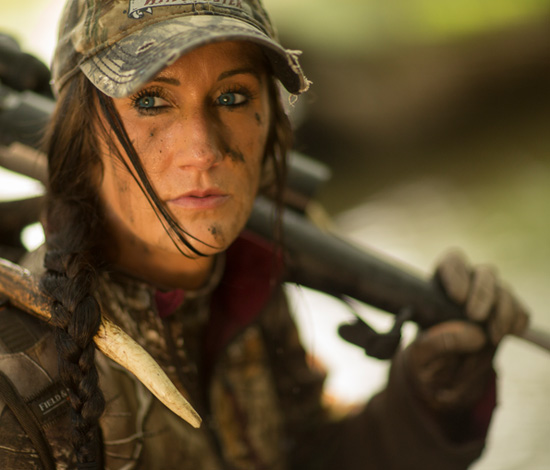How to Hunt in High Winds
With hunting season upon us, there is no doubt that you will probably be faced with hunting in high winds at some point this season. We all know that game is often spooky in high winds and many people think it’s the end of a good hunt when the winds pick up.
This can be the case, but you can also use these winds to your advantage as well. First, when you experience high winds one of the reasons game is usually spooky is because everything is moving. This can be used to your advantage if you’re in a treestand as you will usually get busted less. If something catches a little movement from you, just sit tight and let the wind blow everything around you and the deer will usually go back to feeding.
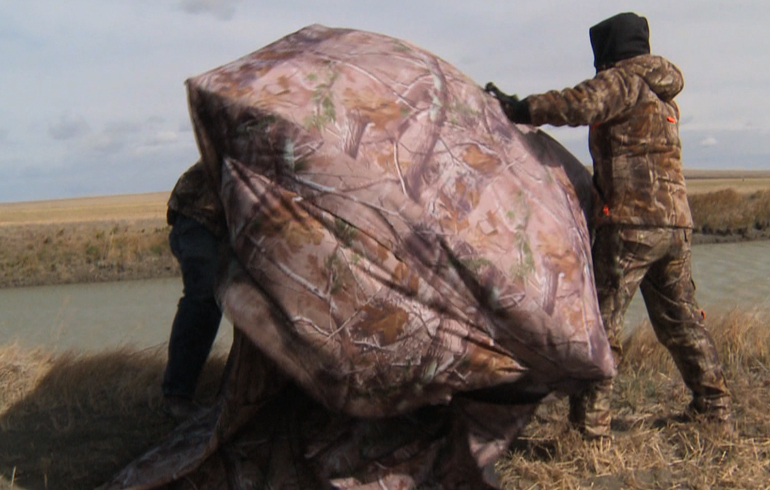
Depending on how strong the winds are, sometimes a treestand is just not the best option. If you happen to have a ground blind nearby or in your truck that you can put up sometimes that can make your hunt much more comfortable. Just remember if the wind is strong to bring lots of extra stakes for your blind!
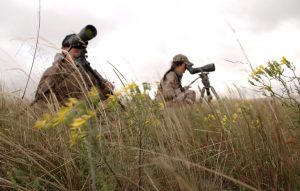
Next, in high winds, it will also cover up the sound you make and this can be extremely helpful on spot and stalk hunts. I’ve stalked up on a lot of mule deer and often times prefer strong winds. This masks sound and if you can find one bedded by itself and come up with a good plan to keep him from seeing you or scenting you, your chances of success are pretty high. Always keep a wind puffer on your so you can check the wind often.
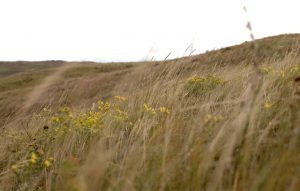
When it comes to glassing, it can be downright difficult in the wind but not impossible. Sit facing into the wind so you can glass the non-windy side of hills. Find something that’s sturdy to lean on or a heavy duty tripod to mount your spotting scope. This will help prevent the wind from blowing your optics around too much and also keep your scope set on a lower power. Cranking it up too high will just give you a headache and make you feel sea sick on the side of the hill!
Many people think high winds destroy one’s chances of calling in deer, but it can actually help if you do it right. I like to wait longer when calling in the wind because sound is being carried much further. If I’m rattling, I’ll try and setup where the sound can be carried a long way. However, try and find something to prevent deer from getting directly down wind. Setting up next to a pond, river, steep ravine can all be helpful to combat this problem. The number one thing to remember is to wait about twice as long as you may think. The sound of antlers rattling or a grunt tube can travel a long way. The last thing you want to do is bring a big buck in, and then spook him changing locations too quickly.
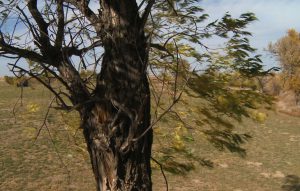
Lastly, if you’re hunting in high winds you can still make effective shots but you need to know and understand wind drift. One of the best ways to do this is to shoot in high winds, but also like to check out the Winchester Ballistics Calculator and punch in different crosswinds with a variety of calibers and bullet weight. You can see exactly what drift will be, and then I always recommend taking shots on windy days for practice so you can see for yourself exactly what your bullet/gun combination will do in the wind.
At the end of the day we all went to spend as much time hunting as possible. When a day off comes your way and the winds have picked up, don’t worry! Do your best to use it to your advantage and enjoy your time outdoors.
